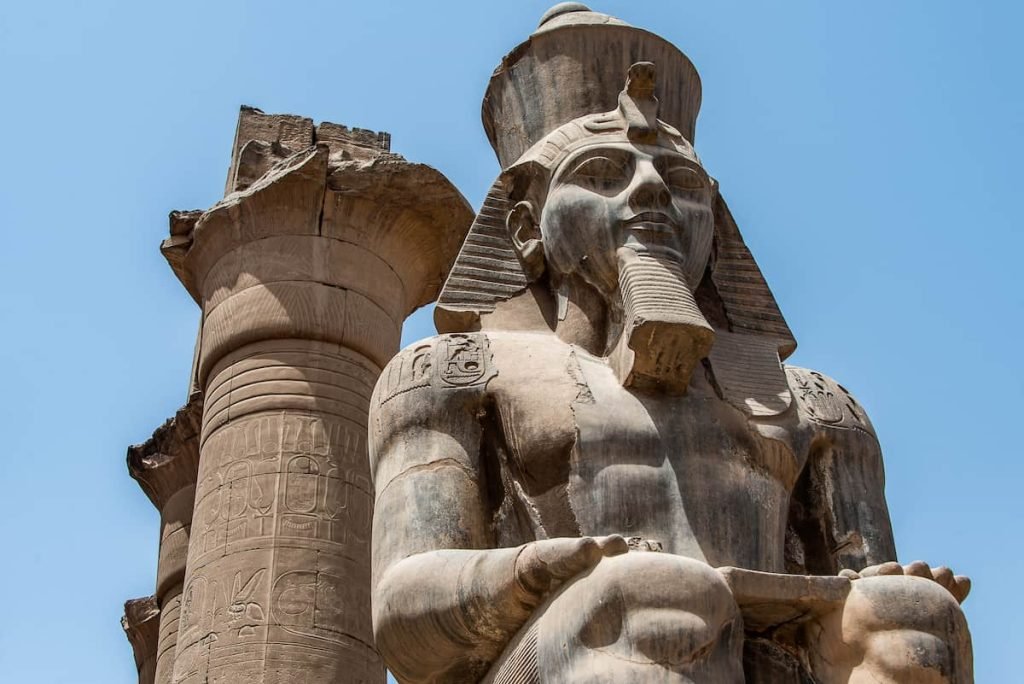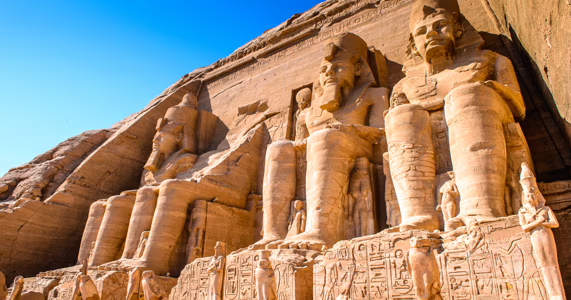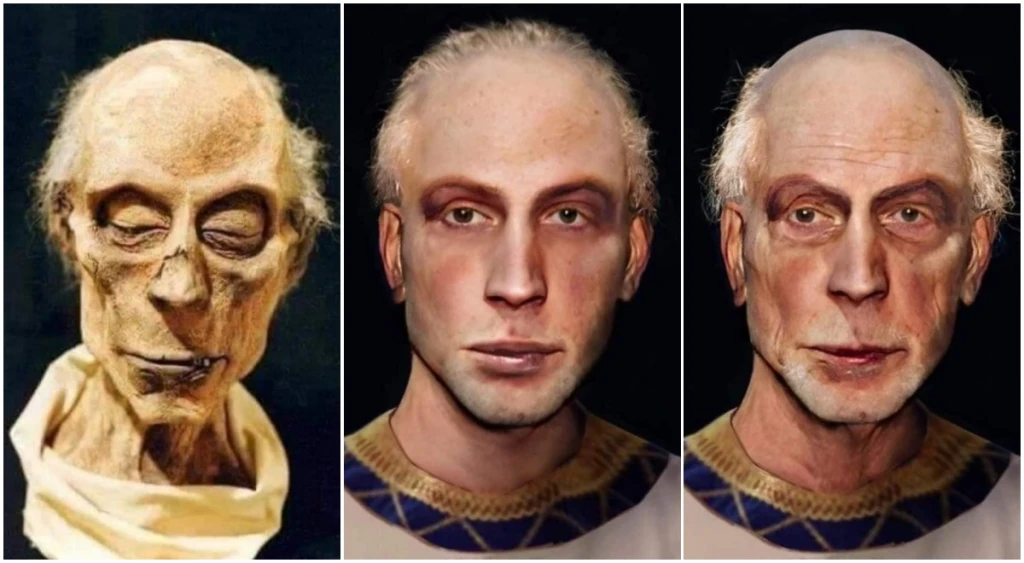Ramesses II: The Great Pharaoh of Egypt’s Golden Age
Ramesses II, also known as Ramesses the Great, stands as one of the most iconic and revered figures in the history of Ancient Egypt. As the third pharaoh of the Nineteenth Dynasty, his reign from 1279 to 1213 BCE is often considered the zenith of Egypt’s power and influence, marking the height of the New Kingdom period. Known for his military campaigns, monumental constructions, and long-lasting legacy, Ramesses II’s rule remains a defining chapter in Egyptian history.
The Rise of Ramesses II
Born in 1303 BCE, Ramesses II ascended to the throne at a young age, succeeding his father, Seti I. Although he was not initially the eldest son, Ramesses proved himself as an ambitious and capable leader. His early years were marked by significant military experience, and he was promoted through the ranks, ultimately becoming the crown prince. His reign would last for 66 years, making him one of the longest-reigning pharaohs in Egyptian history.
Ramesses’ reign is often hailed for its stability and prosperity, as well as its military achievements. He was a master of propaganda, using monumental architecture, grandiose statues, and inscriptions to immortalize his victories and divine status.

Military Glory and the Battle of Kadesh
One of the defining moments of Ramesses II’s reign was his military campaigns, particularly his famous confrontation at the Battle of Kadesh against the Hittite Empire. In 1274 BCE, Ramesses led an Egyptian army to the city of Kadesh, which was controlled by the Hittites. Despite being initially outnumbered and facing a well-coordinated Hittite force, Ramesses managed to secure a tactical retreat that he later portrayed as a grand victory.
Although the battle ended in a stalemate, Ramesses used the event to bolster his reputation. He commissioned numerous inscriptions and reliefs on temples and monuments, glorifying the battle as a decisive Egyptian triumph. His ability to spin military setbacks into triumphs through propaganda is one of the hallmarks of his reign.
Ramesses’ military prowess didn’t end with Kadesh. He also led expeditions into Nubia, securing Egypt’s southern borders, and conducted numerous campaigns to maintain Egypt’s dominance over surrounding regions.
Monumental Constructions: Building Egypt’s Legacy
Ramesses II is perhaps best known for his extensive building projects, which were unparalleled in scale and grandeur. He commissioned the construction of numerous temples, statues, and monuments, leaving a lasting architectural legacy. One of the most famous of these is the Ramesseum, his mortuary temple in Thebes, which stands as a testament to his monumental vision.
But the most iconic of all Ramesses II’s constructions is the Abu Simbel temple complex. Carved into the mountainside in Nubia, Abu Simbel consists of two massive temples, each featuring colossal statues of Ramesses himself. The temples were designed to showcase his power and to honor the gods. The larger of the two temples was dedicated to the gods Ra-Horakhty, Amun, and Ptah, while the smaller temple was dedicated to his queen, Nefertari.
The Abu Simbel temples are also famous for their ingenious design: twice a year, the sun aligns perfectly with the temple’s inner sanctum, illuminating statues of Ramesses and the gods. This phenomenon, known as the “sun festival,” celebrated the pharaoh’s divine connection to the gods.

A Legacy of Immortality
Ramesses II’s reign marked a period of remarkable cultural, military, and architectural achievement. He fathered over 100 children and had several wives, with his most famous queen being Nefertari, whose tomb in the Valley of the Queens is one of the most beautiful and well-preserved in Egypt. His long reign and prolific construction projects ensured that his name would be etched in history.
Ramesses was also a master of diplomacy, and his treaties with foreign powers, including the famous peace treaty with the Hittites after the Battle of Kadesh, helped solidify Egypt’s power and influence. This treaty, one of the oldest known peace accords in history, was inscribed on silver tablets and serves as a testament to his diplomatic skills.
After his death, Ramesses II was buried in the Valley of the Kings, and his legacy lived on through his monuments, inscriptions, and the continuing reverence Egyptians held for him. Even centuries later, the ancient world regarded him as one of the greatest pharaohs Egypt had ever seen.
Conclusion: Ramesses II’s Enduring Influence
The legacy of Ramesses the Great continues to captivate the world. His reign was a golden age for Ancient Egypt, characterized by military victories, monumental construction, and a flourishing of culture and diplomacy. Through his enduring monuments and the historical accounts left behind, Ramesses II remains one of the most celebrated pharaohs in Egyptian history.
As the most powerful and influential ruler of the New Kingdom, his legacy transcends time, and his name still echoes in the sands of Egypt, immortalized in the stone and the monuments he left behind.
